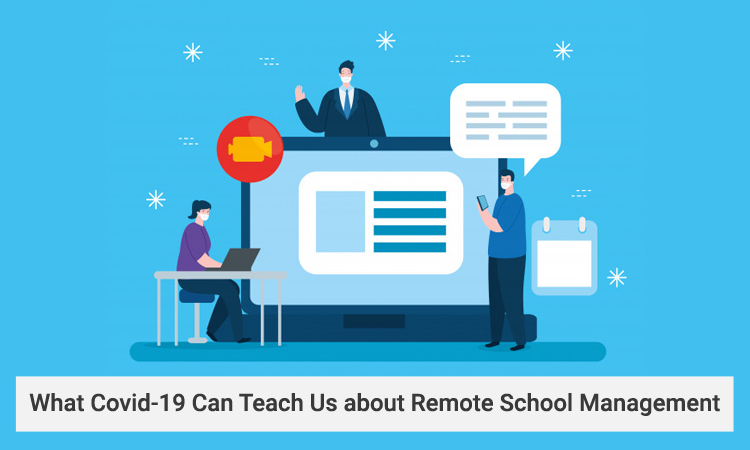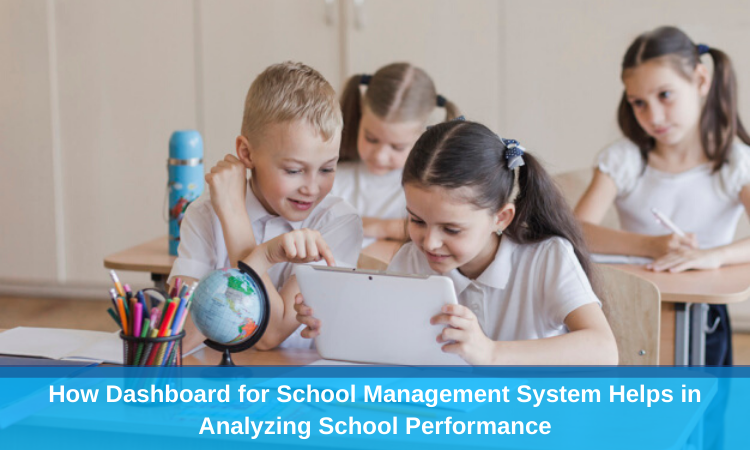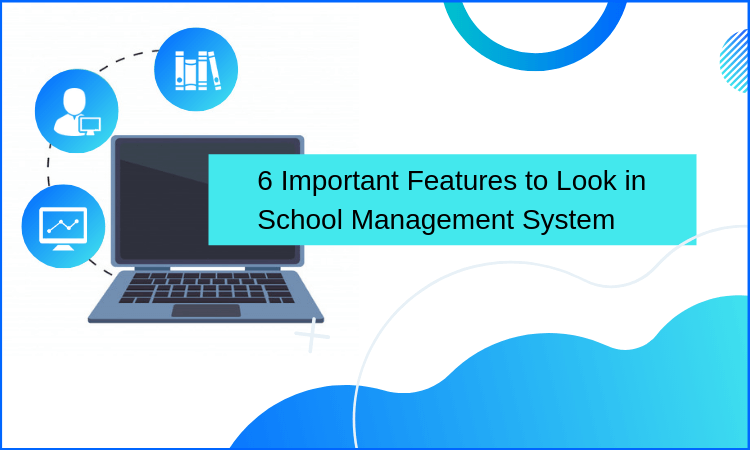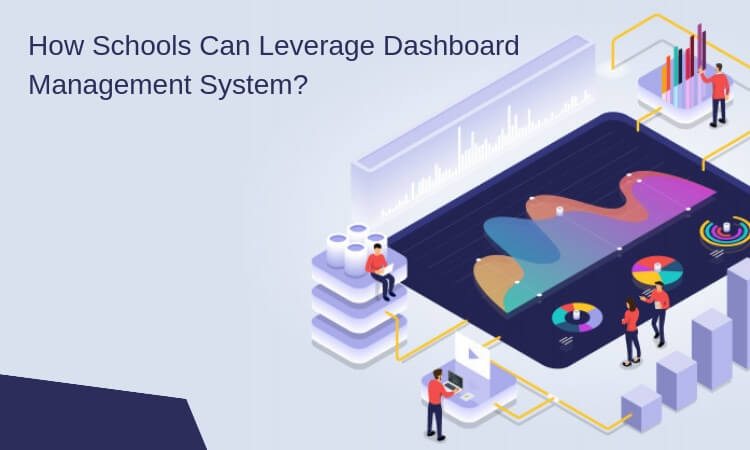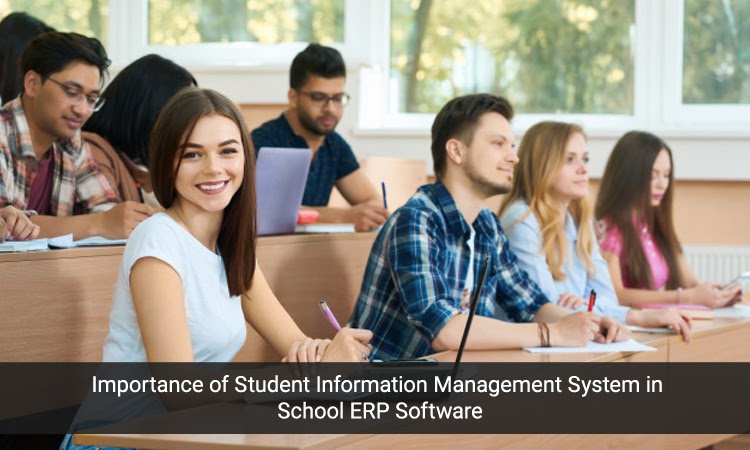How to Proceed With Moving On Cloud?
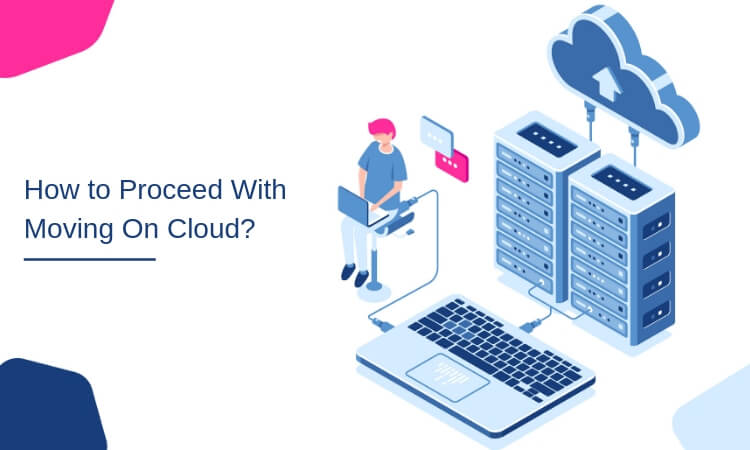
In today's age, Cloud ERP has become a necessity to efficiently run Institutes. The cloud is an increasingly appealing option for K-12 schools, as 67% of buildings report that they have implemented a cloud-based tool in some way.
Institutes can achieve connected departments, smoother operations, reduced manual work, etc. with student information systems. It also provides a seamless experience to teachers, parents, and students.
Some educational institutes experience many issues during migration. Data migration occurs smoothly only when Institutes find the right Cloud ERP for them.
To ensure that data migration occurs without hassles, Institutes should follow certain steps.
Figure Out Why The Institute Needs Cloud
Every Institute is different and so are their working systems. What works for one Institute may not work for the other. Some schools may find that a few of their departments need not be cloud-based.
It is, therefore, necessary that Institutes evaluate their needs thoroughly. Firstly, they need to review existing servers, systems, and hardware. Then understand the dependence on devices and software.
Secondly, they need to examine the money spent on the physical servers, its upkeep, and the infrastructure required for it.
Thirdly, they identify the areas which are necessary to be migrated to the Cloud.
After understanding the current technology situation, Institutes determine why cloud-based campus management system is better.
Figure Out Weak Areas
Institutes have certain goals and expectations for the campus management solution. To establish these goals they need to recognize the operations which utilize more manpower, resources, and time. These operations are the weak areas of the institute which unnecessarily cause more expenses.
After finding the areas of concern they can set future goals and then determine whether the cloud management solution can fulfill them or not.
Institutes invest resources and time on the cloud so it should provide them with benefits which the existing systems don’t.
Cost Assessment
The major advantage of moving to the Cloud is that it is cost-effective in the long run, but without proper planning, it could cost more than the existing systems.
As mentioned above, schools should review their existing technology and analyze the hardware and infrastructure expenses. After reviewing, they should compare the cost of migrating data and continuing with the same system and the expenses of implementation.
Schools should assess the costing of the cloud according to the benefit it provides.
Choose The Right Cloud Partner
Choosing the right partner is the most essential step as the right partner can make data migration seamless. But the wrong partner can cause the Institute to lose data, time, and resources.
Every cloud partner is different and so are the features they provide. Some may offer scalable solutions but some offer managing applications. So instead of choosing the most conspicuous cloud partner, Institutes should choose a partner that meets their requirements.
Institutes should also research about the cloud partner. They should know about the partner’s past work, experience in the industry, and clients.
They can also talk to the partner’s previous clients about their experience and issues, if any, they faced with the partner. This helps the Institute to choose the right partner.
Review Cloud Options
After finalizing the cloud partner, discuss the cloud options. Choose a cloud option based on the Institute’s needs.
There are 4 cloud options - public, private, hybrid, community.
In the public cloud system, data is completely stored on the cloud partner’s premise. Public cloud uses shared resources. Although they perform well, public clouds are vulnerable to various attacks.
The private cloud system has a more dedicated and secure network. Cloud services are used solely by the Institute and data is stored remotely.
In the hybrid cloud system, both public and private systems are used based on the purpose. For example, institutes can store library records on the public cloud system and student information on the private cloud system.
The community cloud system can be shared by different organizations.
Institutes can choose from these options based on requirements and budget.
Plan The Migration
By carefully mapping out each step of the migration process, Institutes will face no hassles.
- 1. Prioritize steps according to their importance. Start data migration of operations which are less critical. Once the migration of easy operations occurs without any glitch start with the more important tasks.
- 2. Backup existing data: It is always advisable to have multiple backups before migration to ensure data is safe. The backups should easily retrievable in case of emergencies.
- 3. Staff training: The actual users of the Cloud will be staff members and they should be properly trained by the Cloud provider before moving on to Cloud.
When all these steps are carried out religiously, Institutes can have a hassle-free data migration process. The Education management system can help Institutes run efficiently.
Get in touch with us to know more - Schedule a Demo!!





